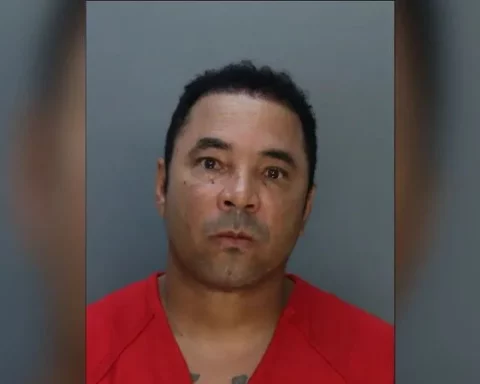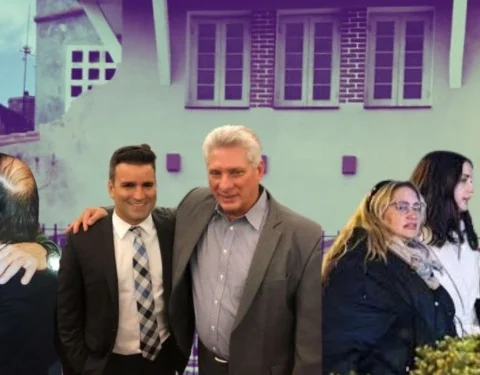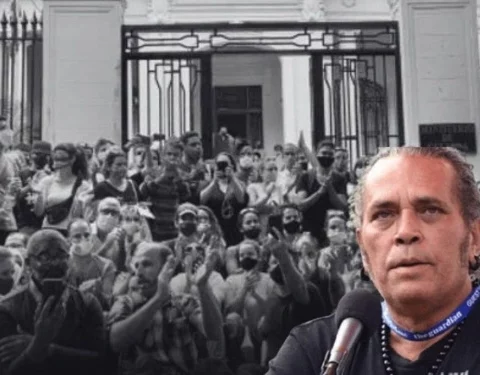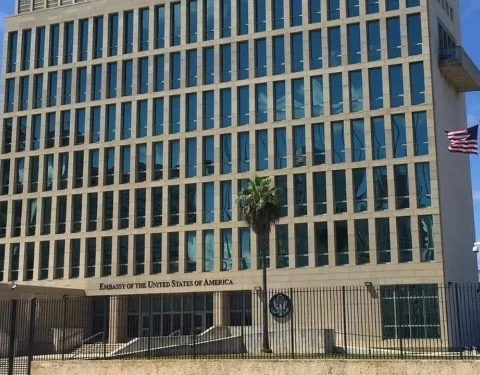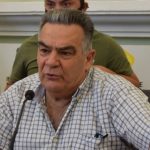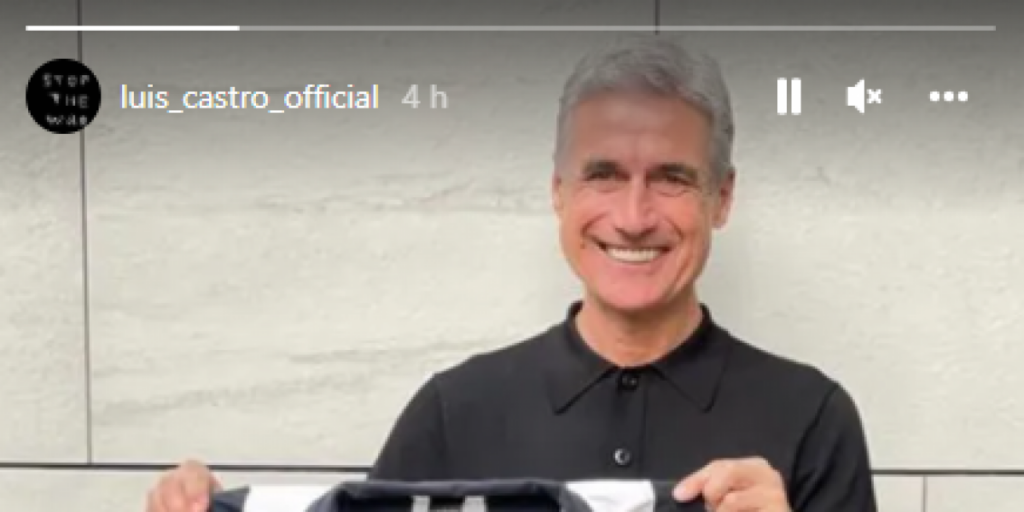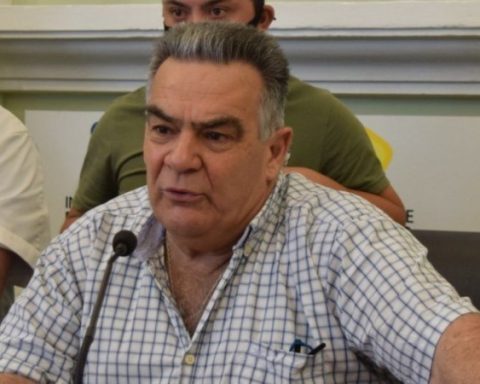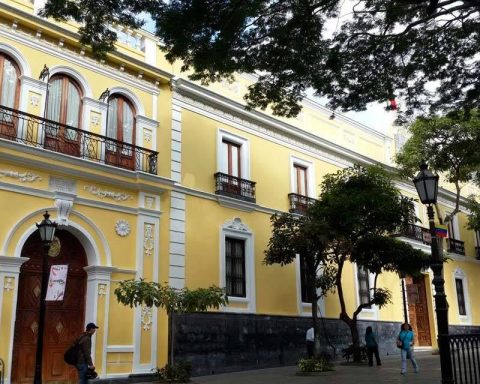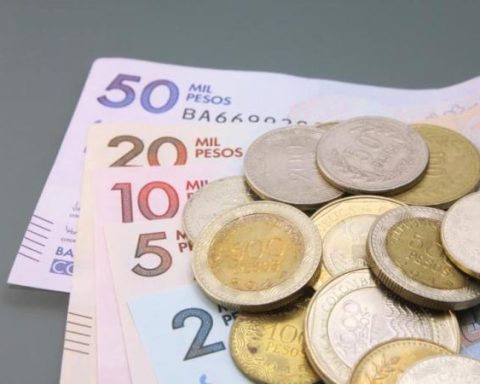“We make our #Memory that still hurts in #Argentina. The 30 thousand disappeared were, for the most part, boys of our generation, ”the president wrote on his Twitter account.
The head of state recalled that his country also experienced a dictatorial regime, in reference to the one established on the island by Fulgencio Batista (1952-1959), after the coup that broke the constitutional order and left more than 20,000 victims.
“#NeverMoreIsNeverMore we say from #Cuba, which also suffered a dictatorship. The #Revolution was made to put an end to their crimes,” Díaz-Canel stressed about the social process undertaken on January 1, 1959, to reverse the consequences of this tragic period.
The president of Argentina, Alberto Fernández, also recalled the events during a ceremony held at the Cultural Center of Science in his country, in which he recalled the disappeared, deceased, exiles and other victims of the regime established on March 24, 1976. .
The dictatorship took the lives of everyone in front of it: workers, students, lawyers, scientists and many others. He feared the thought, above all, which sought a just society, he claimed.
Similarly, the president stressed the importance of prosecuting those responsible and reiterated the need to never forget what happened.
At the Argentine embassy in Cuba there was also a heartfelt tribute to the victims of state terrorism in that country, which served as a special tribute to one of them, the journalist and revolutionary Rodolfo Walsh, who was among the founders of Prensa Latina.
The act took place just 45 years after his posthumous document, the Open Letter of a writer to the Military Junta, which the Argentine ambassador to the island, Luis Ilarregui, classified as a historical denunciation of the horrors of the dictatorship and testimony of their torture, disappearances and flagrant violations of human rights.
msm/lrg
